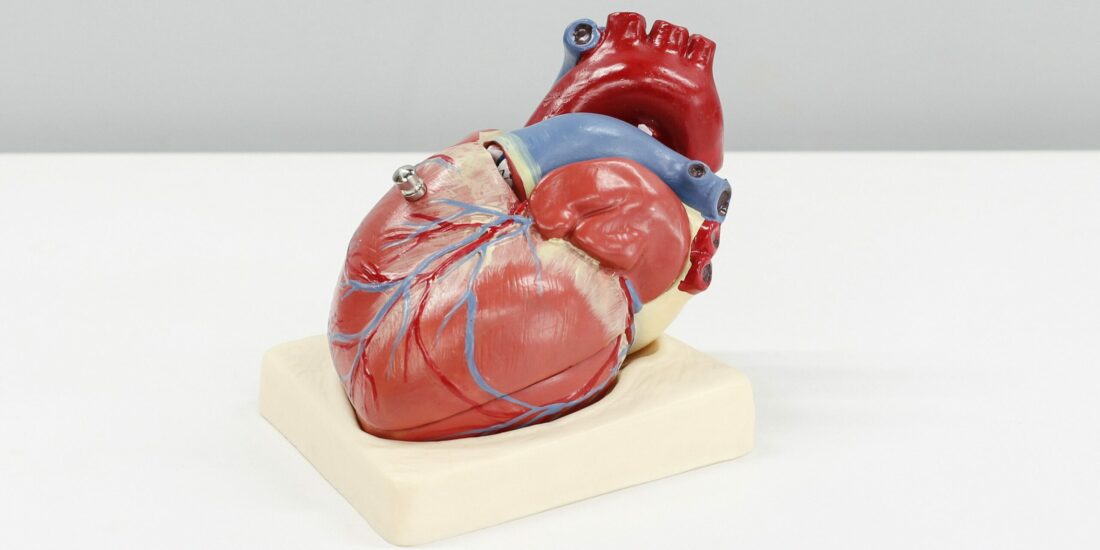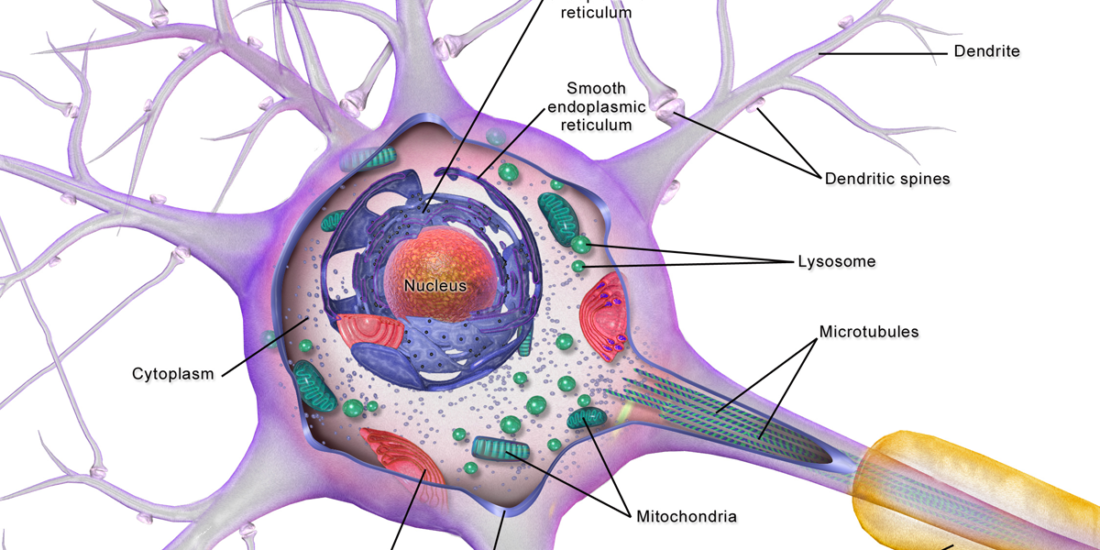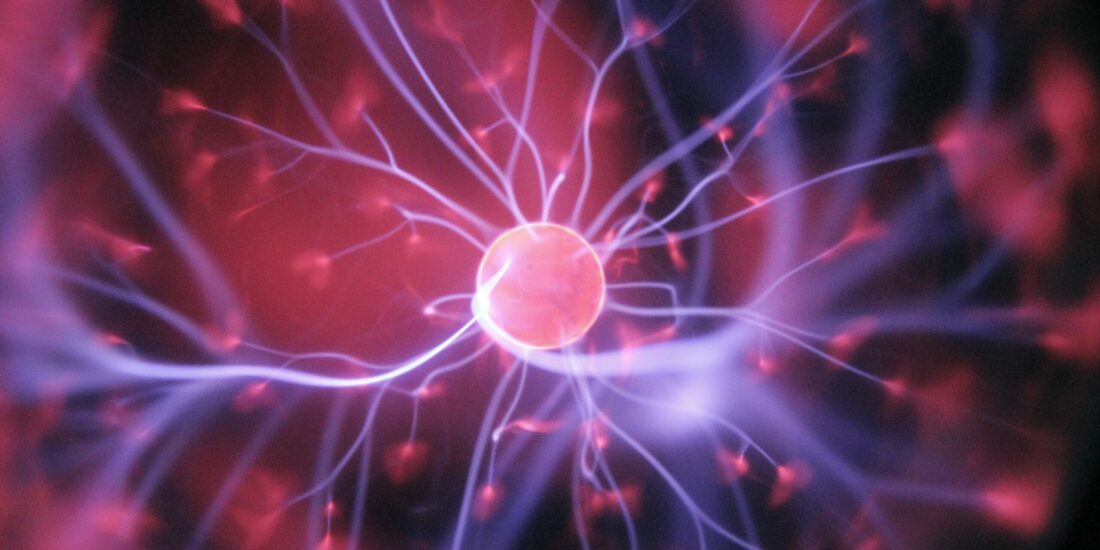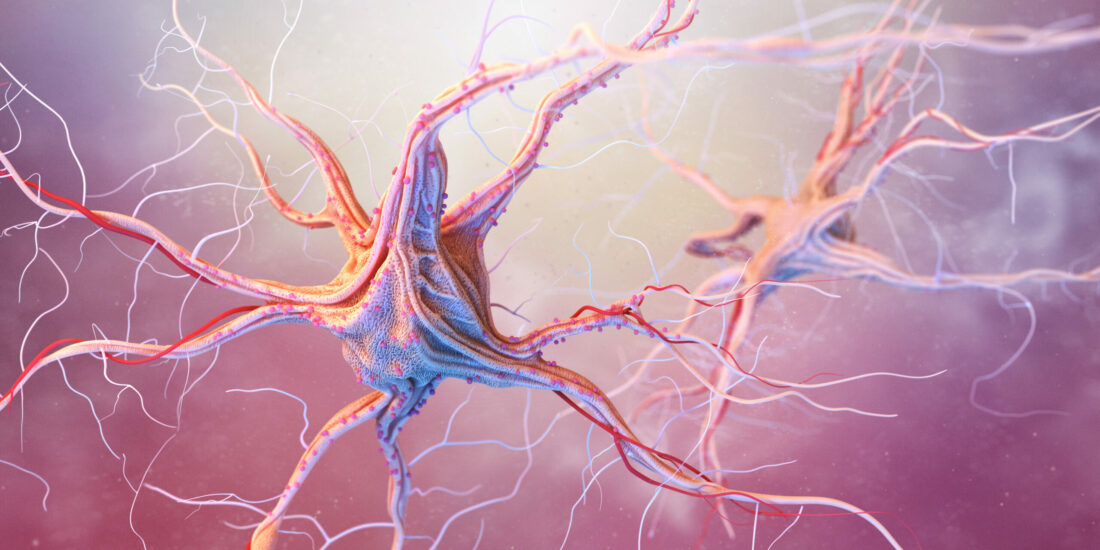High-throughput screening discovers antifibrotic properties of haloperidol by hindering myofibroblast activation
By Michael Rehman, Simone Vodret, Luca Braga, Corrado Guarnaccia, Fulvio Celsi, Giulia Rossetti, Valentina Martinelli, Tiziana Battini, Carlin Long, Kristina Vukusic, Tea Kocijan, Chiara Collesi, Nadja Ring, Natasa Skoko, Mauro Giacca, Giannino Del Sal, Marco Confalonieri, Marcello Raspa, Alessandro Marcello, Michael P. Myers, Sergio Crovella, Paolo Carloni, and Serena Zacchigna Excerpt from the article published […]
Continue ReadingProtein Misfolding and ER Stress in Huntington’s Disease
By Talya Shacham, Neeraj Sharma, and Gerardo Z. Lederkremer Excerpt from the article published in Frontiers in Molecular Biosciences, volume 6, 03 April 2019 | DOI https://doi.org/10.3389/fmolb.2019.00020 Editor’s Highlights The Sigma-1 Receptor (S1R), activated by ER stress, could be a promising target for ameliorating symptoms in Huntington’s disease (HD). ER stress triggers activation of the UPR, […]
Continue ReadingModulation of the Sigma-1 Receptor-IRE1 pathway is beneficial in preclinical models of inflammation and sepsis.
By Dorian A Rosen, Scott M. Seki, Anthony Fernández-Castañeda, Rebecca M. Beiter, Jacob D. Eccles, Judith A. Woodfolk, and Alban Gaultier Excerpt from the author manuscript published in Science translational medicine, 2019 Feb 6; 11(478): eaau5266. available here https://www.ncbi.nlm.nih.gov/pmc/articles/PMC6936250/#!po=28.9474 Editor’s Highlights The endoplasmic reticulum (ER) is increasingly recognized as a powerful controller of inflammatory signaling and […]
Continue ReadingCardiac 11C-Donepezil Binding Increases With Age in Healthy Humans: Potentially Signifying Sigma-1 Receptor Upregulation
By Jacob Horsager, Tatyana D. Fedorova, Nathalie V.D. Berge, Mette W. Klinge, Karoline Knudsen, Allan K. Hansen, Aage K.O. Alstrup, Klaus Krogh, Lars Gormsen, and Per Borghammer Excerpt from the article published in Journal of Cardiovascular Pharmacology and Therapeutics. July 2019:365-370. doi: 10.1177/1074248419838509 Editor’s Highlights Sigma-1 receptors (S1Rs) are upregulated in the heart in response […]
Continue ReadingSIGMAR1/Sigma-1 receptor ablation impairs autophagosome clearance
By Huan Yang, Hongtao Shen, Jing Li, and Lian-Wang Guo Excerpt from the article published in Autophagy, 15:9, 1539-1557, Published online: 14 Mar 2019 DOI: 10.1080/15548627.2019.1586248 Editor’s Highlights Autophagy lysosome-mediated pathway (ALP) degrades and recycles cellular wastes including proteins, lipids, and dysfunctional organelles, and is a key element of the Proteostasis Network. SIGMAR1 is a putative chaperone protein primarily […]
Continue ReadingSigma-1 Receptor Activation Induces Autophagy and Increases Proteostasis Capacity In Vitro and In Vivo
By Maximilian G. Christ, Heike Huesmann, Heike Nagel, Andreas Kern and Christian Behl Excerpt from the article published in Cells. 2019; 8(3):211. DOI: https://doi.org/10.3390/cells8030211 Editor’s Highlights The control and maintenance of proteome integrity and proteostasis are of utmost importance. Cellular proteostasis includes protein folding, protein assembly, refolding of damaged proteins, as well as protein degradation, […]
Continue ReadingFragile-X Syndrome Is Associated With NMDA Receptor Hypofunction and Reduced Dendritic Complexity in Mature Dentate Granule Cells
By Suk-Yu Yau, Luis Bettio, Jason Chiu, ChristineChiu, and Brian R. Christie TITLE=Fragile-X Syndrome Is Associated With NMDA Receptor Hypofunction and Reduced Dendritic Complexity in Mature Dentate Granule Cells Excerpt from the article published in Frontiers in Molecular Neuroscience, volume 11, 17 January 2019 Doi: https://doi.org/10.3389/fnmol.2018.00495 Editor’s Highlights N-methyl-D-aspartate receptors (NMDAR) hypofunction in the hippocampal dentate gyrus […]
Continue ReadingSigma-2 Receptor/TMEM97 and PGRMC-1 Increase the Rate of Internalization of LDL by LDL Receptor through the Formation of a Ternary Complex
By Aladdin Riad, Chenbo Zeng, Chi-Chang Weng, Harrison Winters, Kuiying Xu, Mehran Makvandi, Tyler Metz, Sean Carlin, and Robert H. Mach Excerpt from the article published in Scientific Reports 8, 16845, 15 November 2018, DOI: https://doi.org/10.1038/s41598-018-35430-3 Editor’s Highlights The disruption of lipoprotein trafficking may also be responsible for the mechanism of action of sigma-2 receptors (TMEM97/σ2R) […]
Continue ReadingCardiac Dysfunction in the Sigma 1 Receptor Knockout Mouse Associated With Impaired Mitochondrial Dynamics and Bioenergetics
By Chowdhury S. Abdullah, Shafiul Alam, Richa Aishwarya, Sumitra Miriyala, Manikandan Panchatcharam, Mohammad Alfrad Nobel Bhuiyan, Jonette M. Peretik, A. Wayne Orr, Jeanne James, Hanna Osinska, Jeffrey Robbins, John N. Lorenz, and Md. Shenuarin Bhuiyan Excerpt from the article published in Journal of the American Heart Association. 2018;7:e009775, 11 Oct 2018, DOI: https://doi.org/10.1161/JAHA.118.009775 Editor’s Highlights […]
Continue ReadingThrombospondin receptor α2δ-1 promotes synaptogenesis and spinogenesis via postsynaptic Rac1
By W. Christopher Risher, Namsoo Kim, Sehwon Koh, Ji-Eun Choi, Petar Mitev, Erin F. Spence, Louis-Jan Pilaz, Dongqing Wang, Guoping Feng, Debra L. Silver, Scott H. Soderling, Henry H. Yin, and Cagla Eroglu Excerpt from the article published in Journal of Cell Biology (2018) 217 (10): 3747–3765.https://doi.org/10.1083/jcb.201802057 Editor’s Highlights The thrombospondin (TSP) family of extracellular […]
Continue Reading









